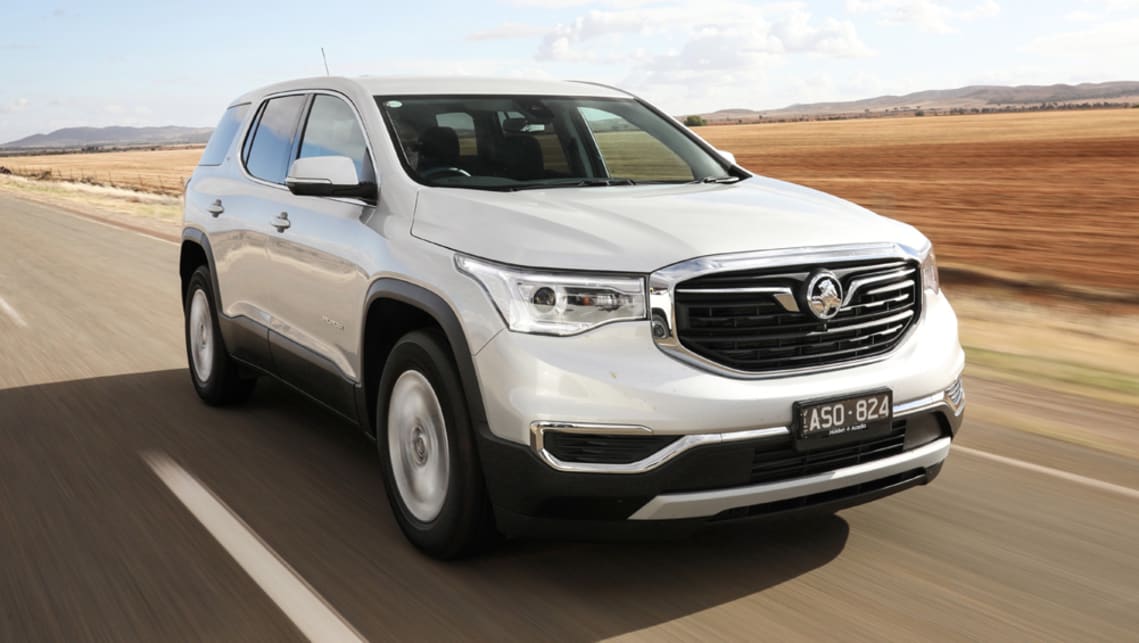Your cart is currently empty!

Holden vehicle tuning affecting global cars
Some of General Motor (GM)’s global vehicles will carry more of an Australian flavour thanks to the strong localisation and tuning talents of the Holden engineering team.
Speaking to CarsGuide, Holden vehicle development manager Jeremy Tassone said the localisation process of all Holden vehicles, which includes suspension, safety systems and multimedia tuning, is crucial for solving problems.
“We’re part of the global electrical validation, through that work, yes, we’ve made a lot of changes for us, but a lot of changes made for us were global issues, which then go back into the global markets and fix their issues,” he said.
“That happens in all areas, right from traction control, right through to traffic sign memory or the way that navigation works when you are in a tunnel.”
Mr Tassone explained that advanced driver-assistance systems (ADAS) such as autonomous emergency braking (AEB) and traffic sign recognition – dubbed traffic sign memory (TSM) by Holden – will taker longer to calibrate when they first enter the market, but those learnings can then be applied to similar technologies across the range.
“It’s dependent on the content obviously,” he said. “Acadia was the first time with traffic sign memory … so for that car we drove around every capital city and in between, shipped cars to New Zealand drove them around.
“Something like Acadia, we did a lot more than other cars, but every single car we do ABS, traction control, steering control, bitumen, broken bitumen, gravel.
“AEB, we do on gravel … in Europe and North America they then to focus on dry bitumen and ice, whereas gravel’s that in between grip level, so you want to make sure the car behaves itself on that.
“I would say every car has had some change made to that ABS, traction control, stability control system based on our tuning here.
“It also gives us a bit of kudos as well, when we say ‘no, that’s great, but we need to do this’, the fact that we’ve said some parts are good and some [need work] … they say ‘OK, these guys know what they need in their market, when they say they need it they need it, let’s give them the resources to do it’.”

In addition to safety system tweaks, each Holden model is also given a local suspension tune and multimedia system changes to suit the Australia market, which is mostly conducted at the brand’s Lang Lang proving ground.
Despite sourcing its vehicles from the Americas (Equinox and Acadia), Europe (Astra and Commodore) and Thailand (Colorado and Trailblazer), Mr Tassone said there are minor difficulties in tuning each model for Australian roads.
“The good thing is these safety systems are exactly that, systems that are adapted to the various cars, and the way they’re managed globally is that you have a system feature owner that looks after everywhere that that feature is adopted globally, taking learnings from everywhere and developing the system on a global basis,” he said.
“GM is quite strong in that area, so it doesn’t matter if the car is built in Europe, or North America or Thailand, the systems they have underneath them still have global system owners taking in learnings from all the different regions.
“The fact that you can launch, let’s say an Acadia, taking in all of our learnings, all of our work, then the next time that feature is rolled out globally, it will have all of those learnings already in it, especially software changes.”
by
Tags:
